My 120-day results with electroculture as an easy method to encourage garden plants to grow faster and more robustly.
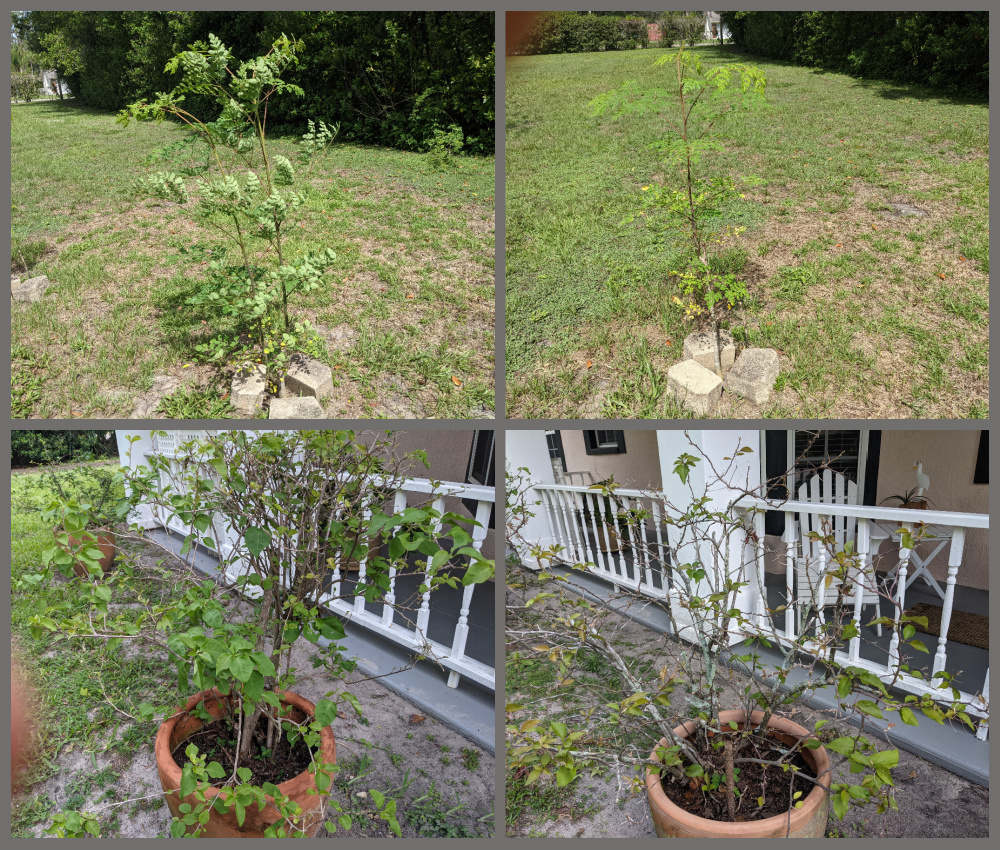
Electroculture is buzzing in the gardening community as an easy way to encourage the growth of plants at a more brisk and robust pace.
Below is a short video from Electroculture.life that summarizes how it’s done and why to do it.
Supposedly, the copper wire harnesses the free electrons in the air to nourish and fertilize the soil, which sparks rapid and robust plant growth.
Plants nourished by electroculture are supposedly more resistant to pests. Some claim that you don’t even need to fertilize the plants at all …. the free electrons nourish the soil for you.
My Results with Electroculture
Since the soil where I live in Florida is quite sandy and low in nutrients, I thought my garden and yard would be a perfect candidate for electroculture.
Roughly 120 days ago, I procured copper wire and wrapped several sticks to try out the process for myself.
This is the brand of copper wire I purchased.
Unfortunately, the results have been less than spectacular. In two of the three cases, I placed the copper-wrapped stick “antennas” on the south side of the plant to maximize the effects of the earth’s magnetic field.
Sadly, in all three of my attempts, the non-electroculture plant actually grew better than the plants with an electroculture antenna nearby 🙁
Note that we’ve had plenty of thunderstorms in our area to allow the rods to “harvest” the electricity in the air.
Our property also has zero EMFs as measured with my EMF reader. Thus, interfering EMFs was not the problem either.
Below are the photos of my results.
Passion Fruit Vine Seedlings
The first picture below shows the difference in the growth of passion fruit seedlings with and without electroculture.
As you can see, the seedling with an antenna is growing significantly slower than the one without the help of a copper wire antenna.
Both were planted and sprouted at the same time. The copper-wrapped antenna was placed when the seedlings were roughly the same size.
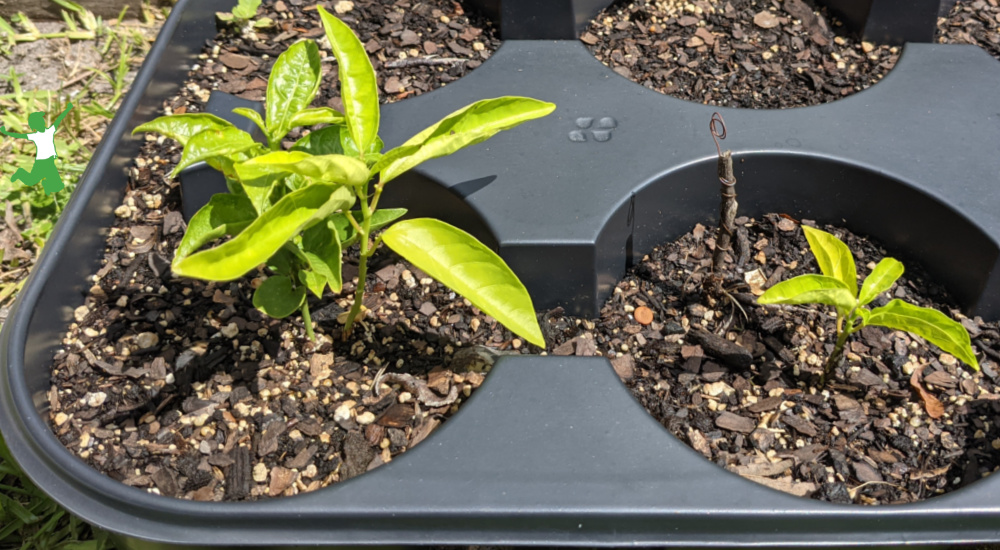
Potted Landscape Plants
My second example is of two bougainvillea landscape plants that were partially killed off by a winter freeze.
They were at roughly the same stage of recovery four months ago when I placed a copper wire electroculture antenna in one of the pots (south side of the plant) to see if the plant would recover faster.
Unfortunately, it did not.
As you can see, the potted plant without an antenna is significantly further along in the recovery process.
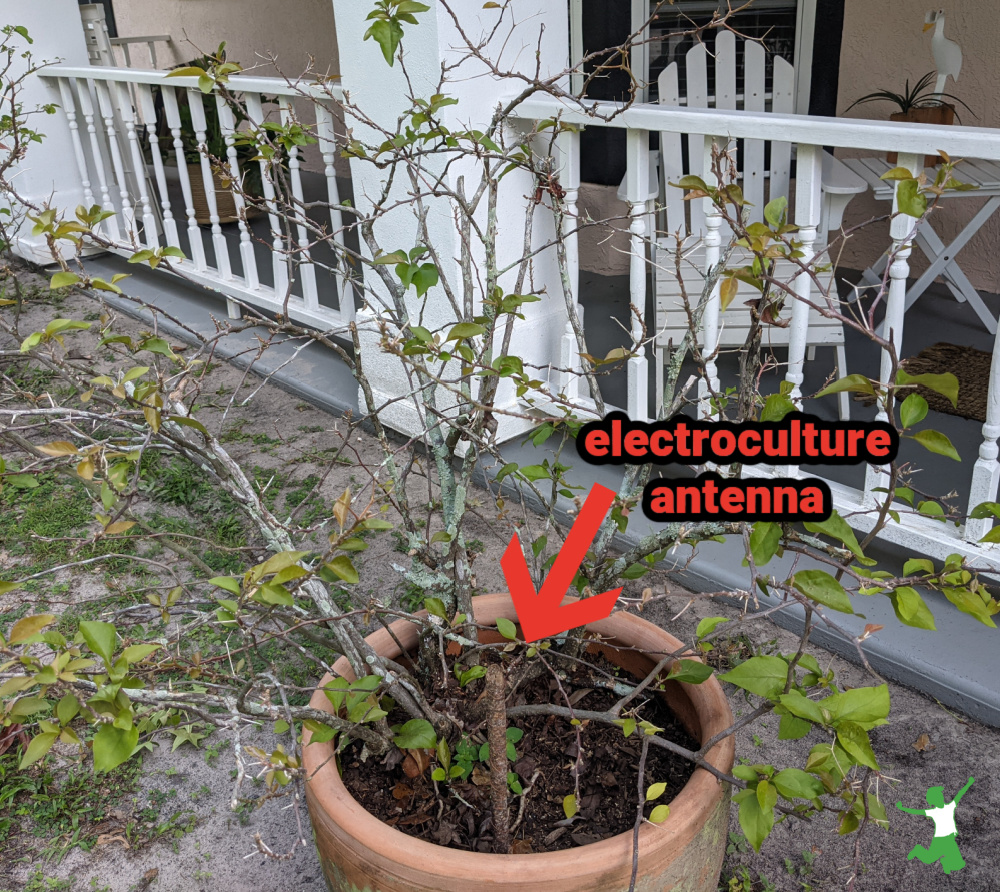
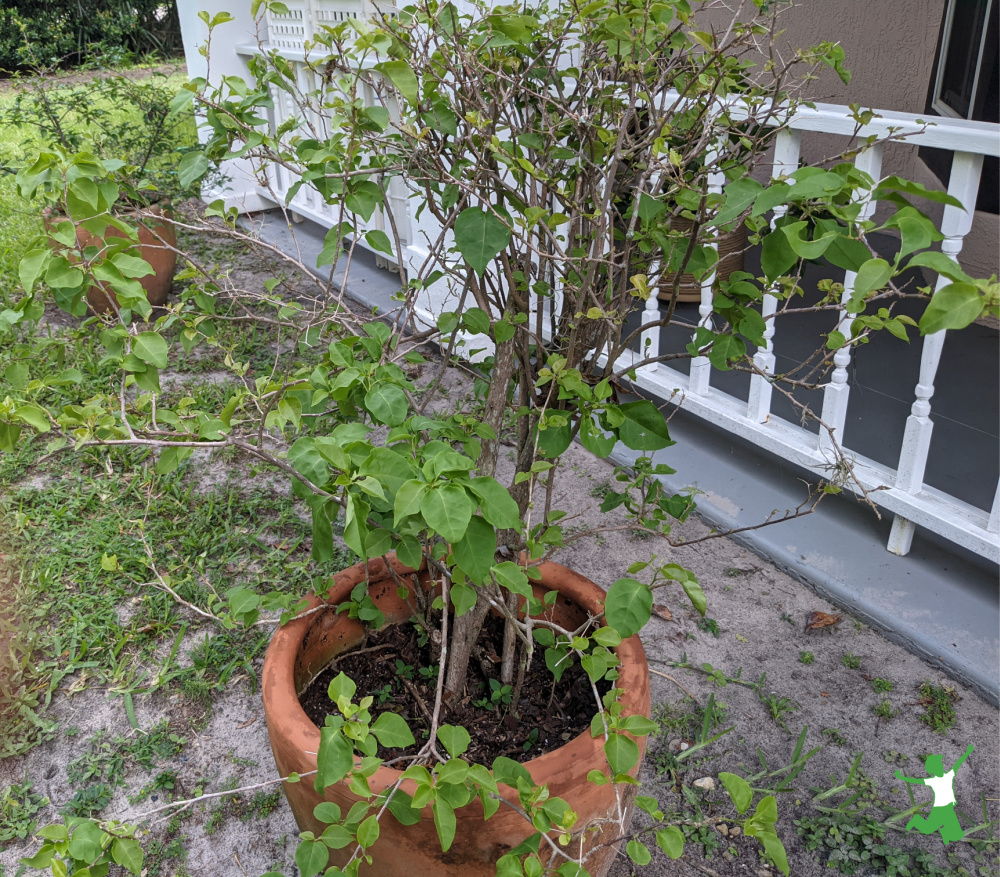
Moringa Trees
I also tested electroculture with my two young moringa trees.
Unlike the previous examples above, the trees were growing directly in the ground. Perhaps this would affect the results?
Apparently not.
Once again, the tree growing without the aid of an electroculture antenna is growing at a faster and robust clip than the tree that has one.
As with the bougainvillea above, these trees were damaged by a freeze last winter.
I cut them back to the same spot on the trunk and then placed the electroculture antenna next to one of them to see if it would recover/grow faster.
As you can see, the tree without an antenna is growing significantly better.
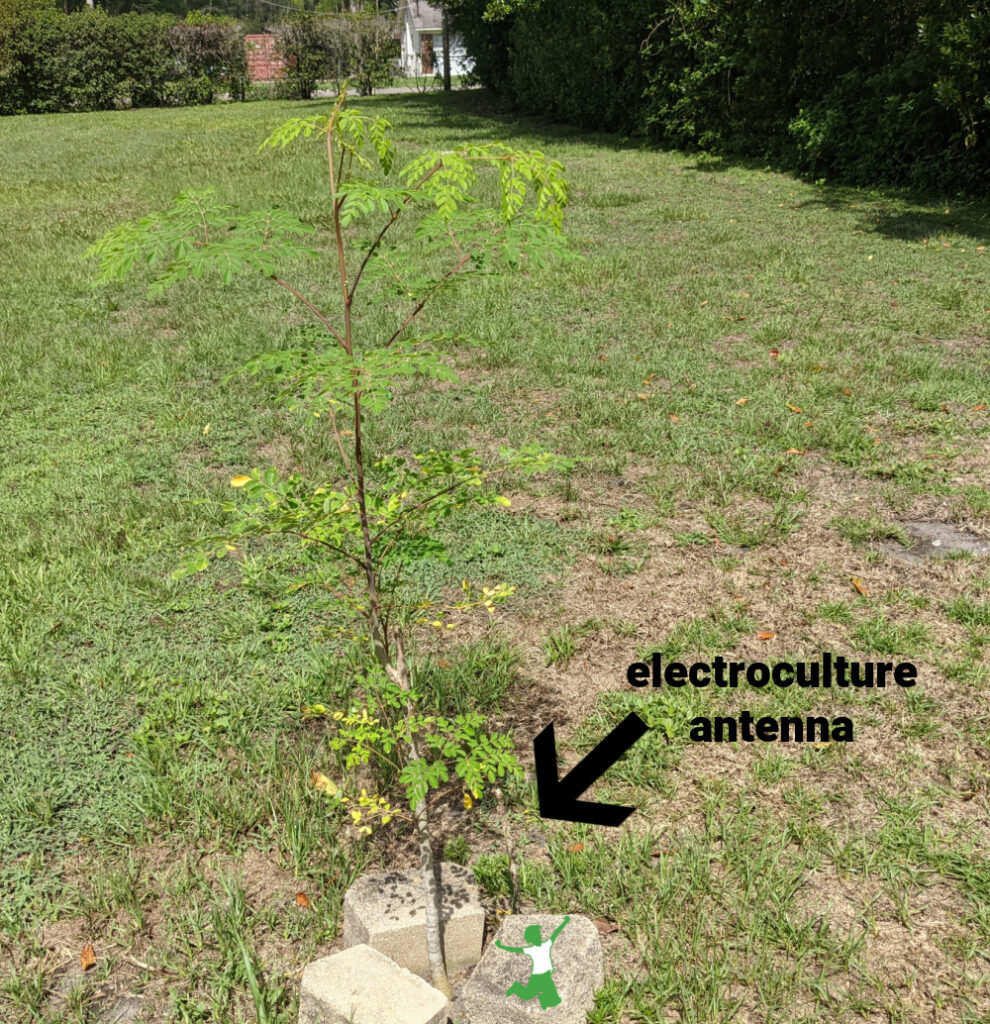
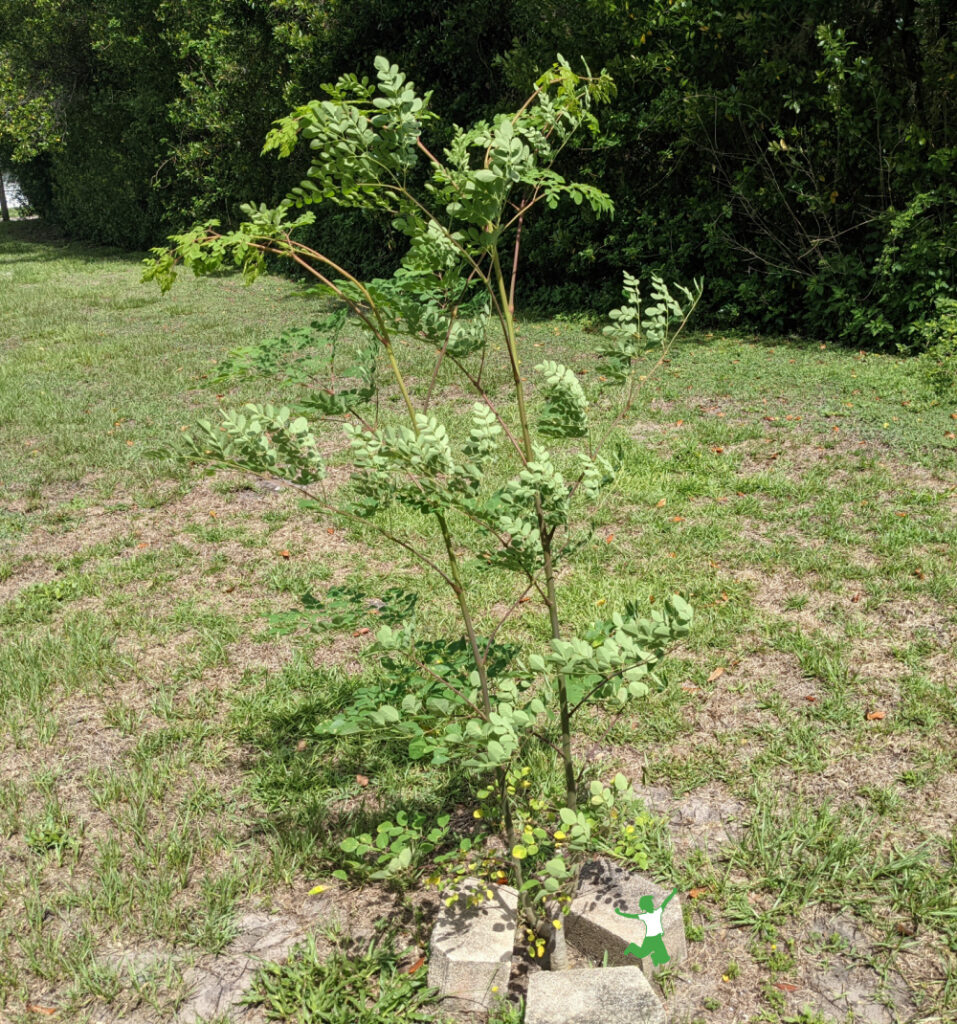
Does Electroculture Really Work?
The claims surrounding electroculture are very compelling with some sources saying it is the answer to world hunger.
Unfortunately, my personal attempts to make it work on my property have failed three out of three times.
Perhaps electroculture is actually a green living rugpull? The World Economic Forum promotes it on its website.

I would appreciate any input those of you who are more experienced with this can provide.
I would love for electroculture to be true and an actual principle home gardeners could use to increase production inexpensively and easily.
But so far, it is not living up to the hype at my house.
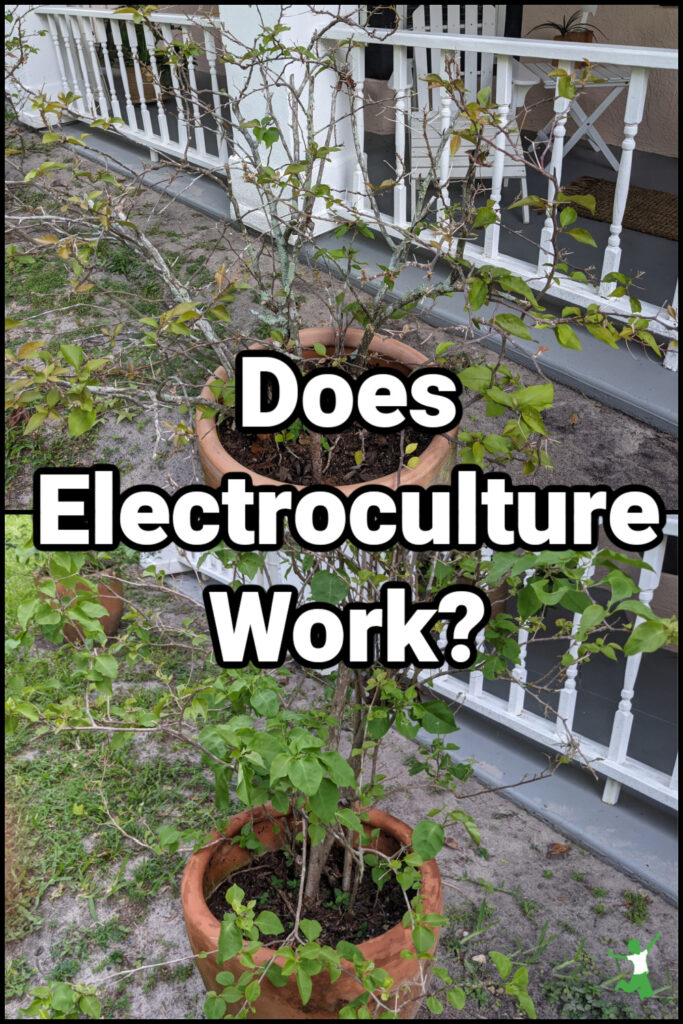








Those are very sad looking and it seems almost non-existent coils.
Lots of people emailing me that they are also not getting any results. If the coils were insufficient, the plants should have had no effect, right? It seems the coils actually inhibited the growth.
Also, length doesn’t have to be 6 feet. David Avocado Wolfe regularly posts pictures of his electroculture sticks and they are about the same length as mine.
She wrapped her poles backwards (counterclockwise) which works in the Southern Hemisphere.
She needs to wrap them clockwise with a 7-8 close wraps on the top and long spiral wraps down the pole.
Any size pole can work, but the taller the pole and the more wraps of heavy gauge wire work better.
Being close to trees and other structures hampers the results. But you can still get results.
I think the antennae need to be six feet high, from the interview i saw recently with Matt. Thicker gauge wire too would be better, imho. I am just starting to experiment with this too and learning as I go.
Yes I also recommend https://cultivateelevate.com/electroculture/ — I am finally just about to start experimenting with this next week – I sure am hoping for the results that Matt at https://cultivateelevate.com/electroculture/ has seen, but it does seem like there might be more to it than just sticking a stick in the ground…. he makes it sound so easy but maybe there are other factors to consider.
The antenna is supposed to bring life **to the soil** but most plants do not like to be completely entangled … we put ours on the north side of the plants that need a boost as well as a very tall one on the north side of a large garden bed (that had no seeds sprouting three weeks after sowing) about a week ago, so far the results are nothing short of miraculous, esp. the garden bed.
The longer video we watched by cultivate to elevate talked a lot about intention and human interaction with the plants, etc. Not that complicated; we pray and give thanks as we water and always point out excitedly all the new growth happening day to day.
Passionflower vines need extreme heat and moisture to thrive, not sure any amount of electroculture or fertilization, etc. could correct for growing in an inhospitable climate.
Maybe read the free copy of an old book on electroculture offered on the cultivate to elevate website for more tips and give it another shot?
I heard about this about 2 weeks ago from a fellow gardener, who said it really works in her garden. I finally bought the wire (same as the one you purchased) but I haven’t done anything with it yet. My garden sure needs help! It seems to be dwindling away, as well as trees that nothing ever bothered. Many of us believe it’s due to what they’re spraying in the atmosphere, as well as what’s in the water. We just cannot thrive when they are intent on killing everything that breathes.